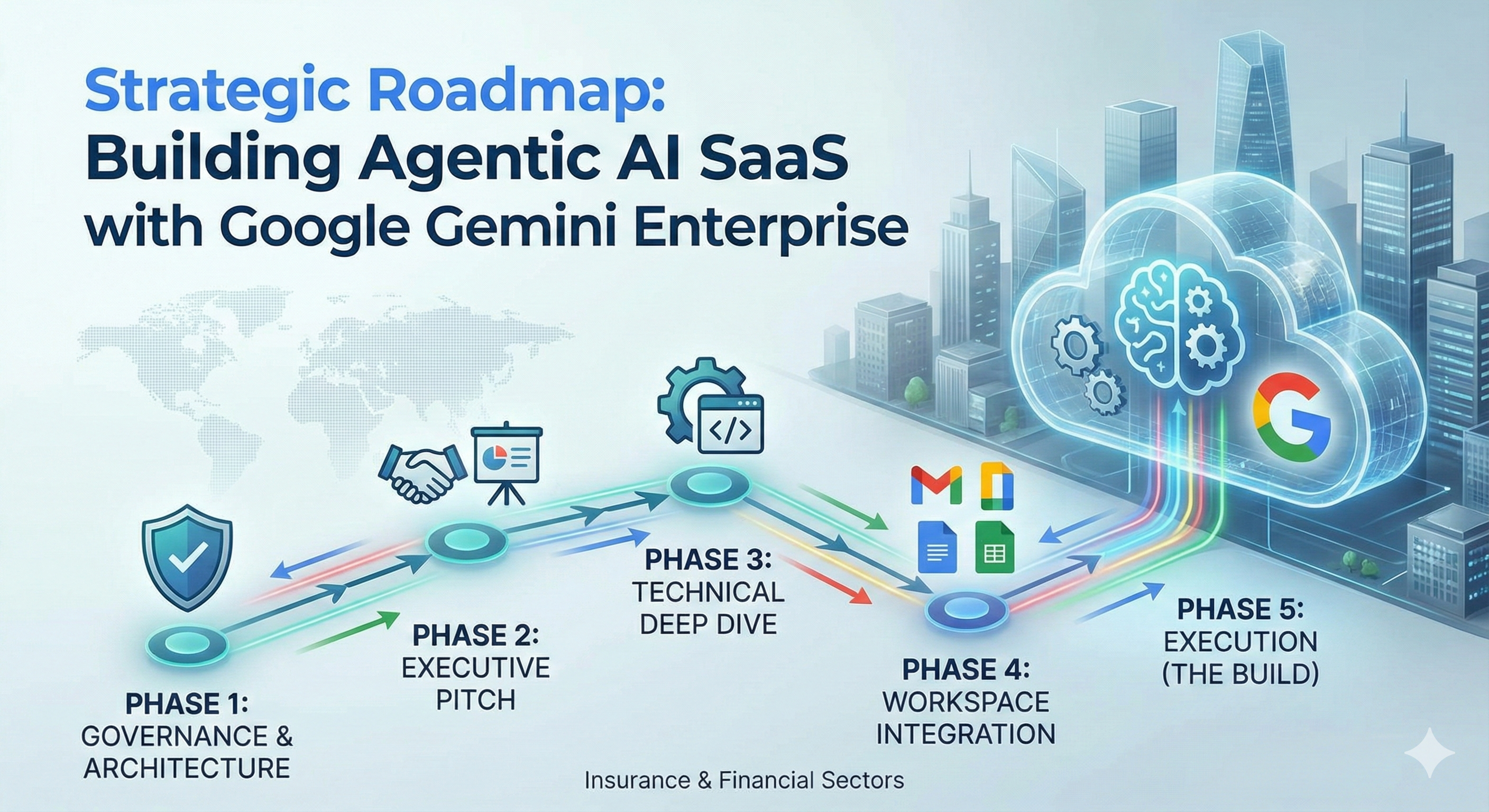Table of Contents
Introduction
Python Deployment Best Practices: Deploying Python applications can be a complex process, but with the right practices, you can ensure a smooth and efficient workflow. This guide will walk you through the best practices for Python deployment, focusing on dependency management, virtual environments, and containerization.
Understanding Deployment
Deployment is the process of making your application available to users. It involves packaging your code, managing dependencies, and ensuring that the application runs in a consistent environment. The goal is to make this process repeatable, reliable, and scalable.
Dependency Management
Dependencies are external libraries or packages that your Python application needs to function. Proper management of these dependencies is crucial for a successful deployment.
Why Manage Dependencies?
- Consistency: Ensure that your application runs the same way on all environments (development, testing, production).
- Reproducibility: New developers or machines can set up the project easily.
- Avoid Conflicts: Prevent incompatible versions of packages from causing issues.
How to Manage Dependencies
- Use
pipfor Package Management:pipis the package installer for Python. You can use it to install, update, and remove packages. Example: To install a package:
pip install requests- Create a
requirements.txtFile: This file contains a list of all your project’s dependencies. You can generate it usingpip freeze. Example: To generaterequirements.txt:
pip freeze > requirements.txtTo install dependencies from requirements.txt:
pip install -r requirements.txt- Consider Using
pipenvorPoetry: These tools help manage dependencies and virtual environments together. They create a lock file to ensure that the exact versions of dependencies are used.
Virtual Environments
A virtual environment is an isolated environment for Python projects. It allows you to manage dependencies for each project separately, avoiding conflicts between project requirements.
Why Use Virtual Environments?
- Isolation: Keep dependencies required by different projects separate.
- Control: Easily manage which version of a package is used by a project.
How to Use Virtual Environments
- Creating a Virtual Environment: With
venv(built-in tool):
python -m venv myprojectenvActivating the virtual environment:
- On Windows:
bash myprojectenv\Scripts\activate - On macOS and Linux:
bash source myprojectenv/bin/activate
- Working Within a Virtual Environment: While the environment is activated, any Python or pip commands will use the versions in the virtual environment, not the global Python installation.
- Deactivating a Virtual Environment: Simply run:
deactivateContainerization
Containerization involves packaging your application, along with its dependencies and environment, into a container. Docker is a popular platform for containerization.
Why Use Containerization?
- Consistency: The application runs the same way, regardless of where the container is deployed.
- Isolation: Containers are isolated from each other and the host system.
- Scalability: Easily scale up or down by managing containers.
How to Use Docker for Python Applications
- Create a
Dockerfile: This file contains instructions for building the image. ExampleDockerfile:
FROM python:3.8
WORKDIR /app
COPY . /app
RUN pip install -r requirements.txt
CMD ["python", "app.py"]- Build the Docker Image:
docker build -t mypythonapp .- Run the Container:
docker run -d -p 5000:5000 mypythonappConclusion
Deploying Python applications efficiently requires careful management of dependencies, use of virtual environments, and consideration of containerization. By following these best practices, you can ensure that your application is reliable, scalable, and consistent across all environments. Remember, the key to successful deployment is understanding the tools at your disposal and how they can be used to create a seamless development workflow.



